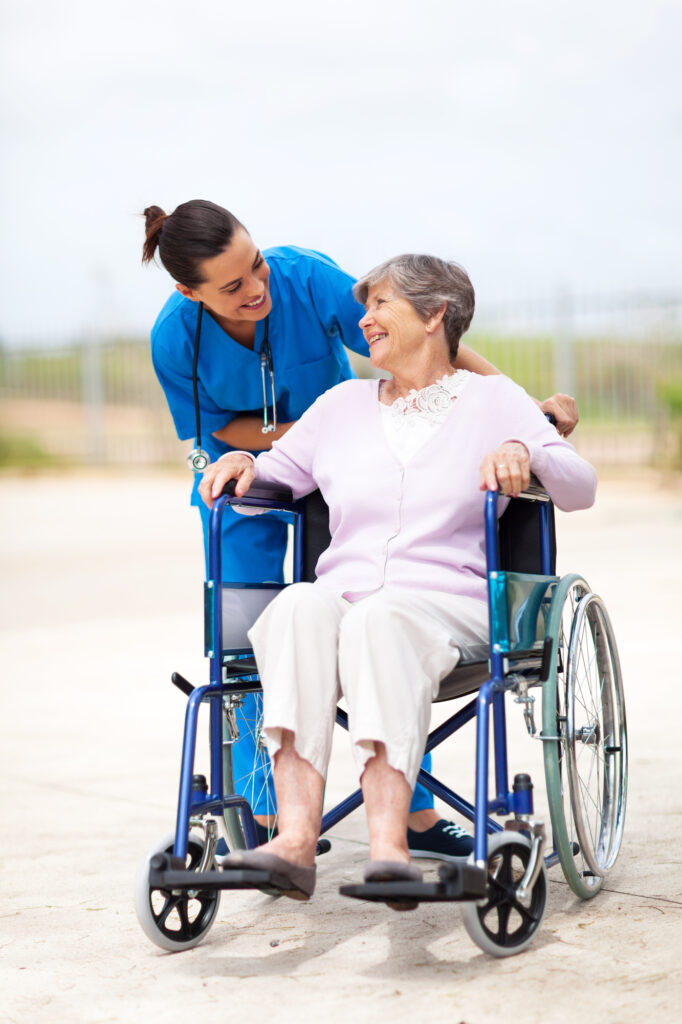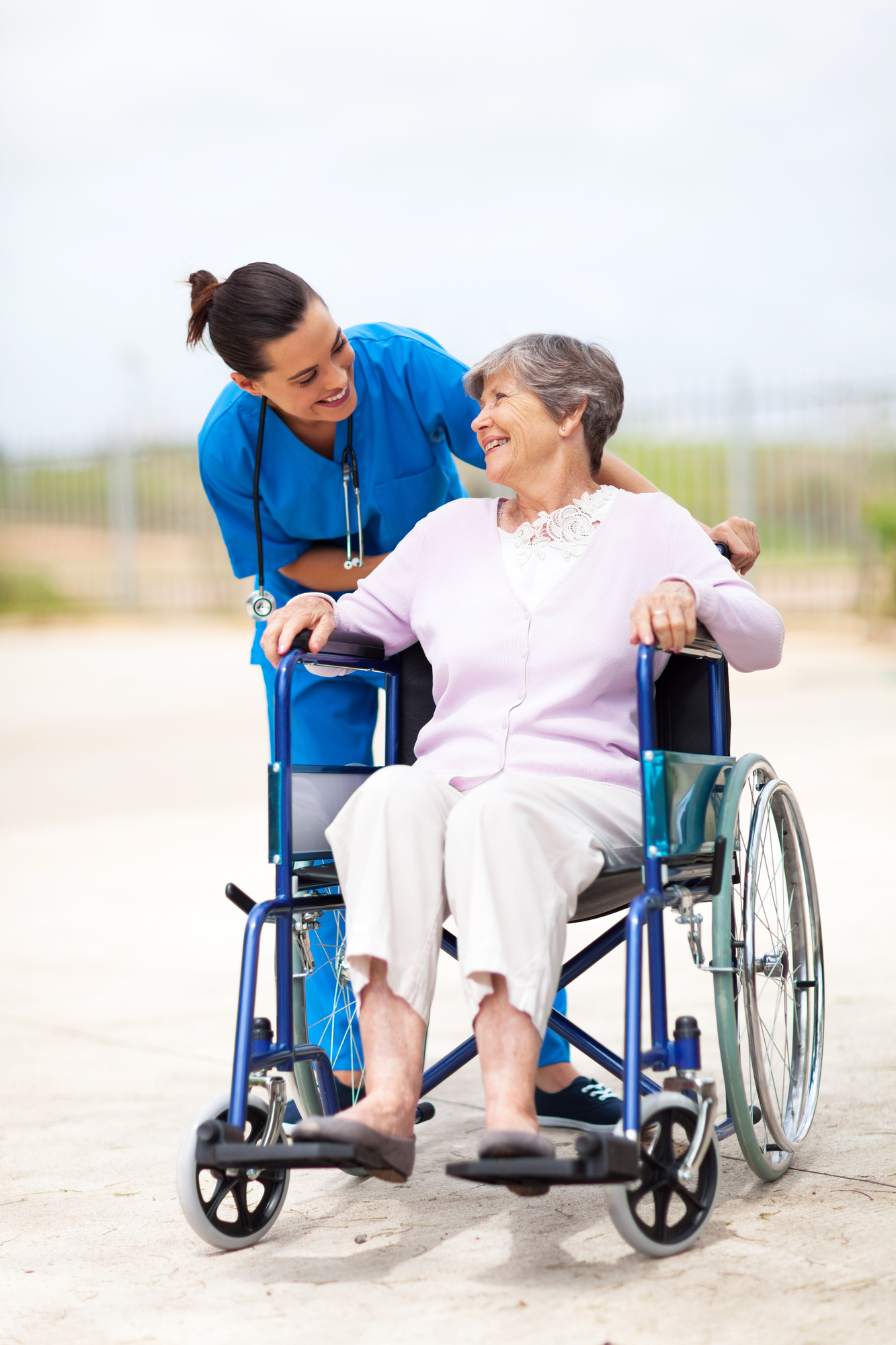
The gait belt, also known as a transfer belt or walking belt, is a practical and versatile tool that plays a crucial role in facilitating assisted mobility for individuals with limited physical abilities. This durable and adjustable strap is designed to be secured around the waist or hips, providing a firm grip for caregivers and ensuring safe and controlled movement during transfers, ambulation, and repositioning.
One of the key advantages of using a gait belt is its ability to enhance safety during mobility assistance. By providing caregivers with a reliable grip, the gait belt helps prevent slips, falls, and other accidents that may occur during transfers. This is particularly important when assisting individuals with weak muscles or balance issues. The secure hold offered by the gait belt gives caregivers the confidence to support the individual’s movements while maintaining control, ultimately reducing the risk of injury and promoting a safer environment.
In addition to safety, the gait belt significantly improves mobility for individuals with limited physical abilities. By holding onto the belt, caregivers can provide stability and support, allowing the individual to engage in activities of daily living with greater ease and confidence. This enhanced mobility empowers individuals to maintain their independence and actively participate in tasks such as walking, standing, or transitioning from one surface to another. The gait belt serves as a valuable aid in restoring and preserving mobility, contributing to the overall well-being and quality of life of individuals with mobility challenges.
Furthermore, the gait belt promotes proper body mechanics for caregivers. The design of the belt distributes weight and strain evenly, reducing the risk of injuries or strains to the caregiver’s back, muscles, and joints. This ergonomic feature is essential in healthcare settings where caregivers often provide assistance repeatedly throughout the day. By supporting proper body mechanics, the gait belt helps prevent physical discomfort and injuries, ensuring the well-being and longevity of caregivers who play a vital role in providing support and care.
In conclusion, the gait belt is a practical and essential tool for assisting individuals with limited mobility. Its role in enhancing safety, improving mobility, promoting proper body mechanics, and offering versatility and convenience cannot be overstated. By utilizing the gait belt, caregivers can provide optimal support while respecting the individual’s dignity and independence. The gait belt is an indispensable aid in the realm of assisted mobility, empowering individuals and caregivers alike to navigate daily activities with confidence and ease.


